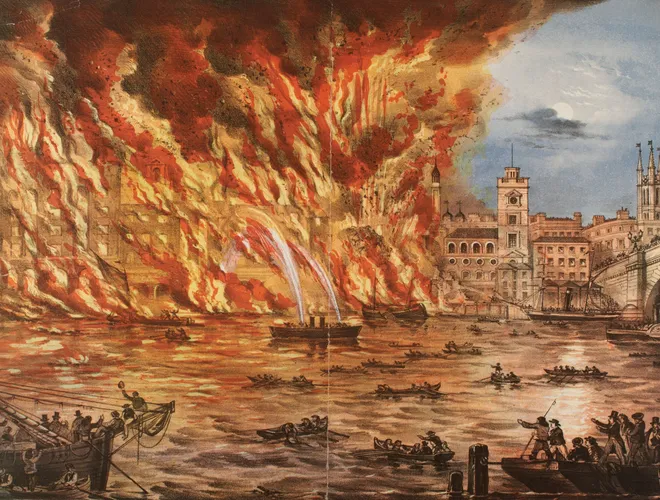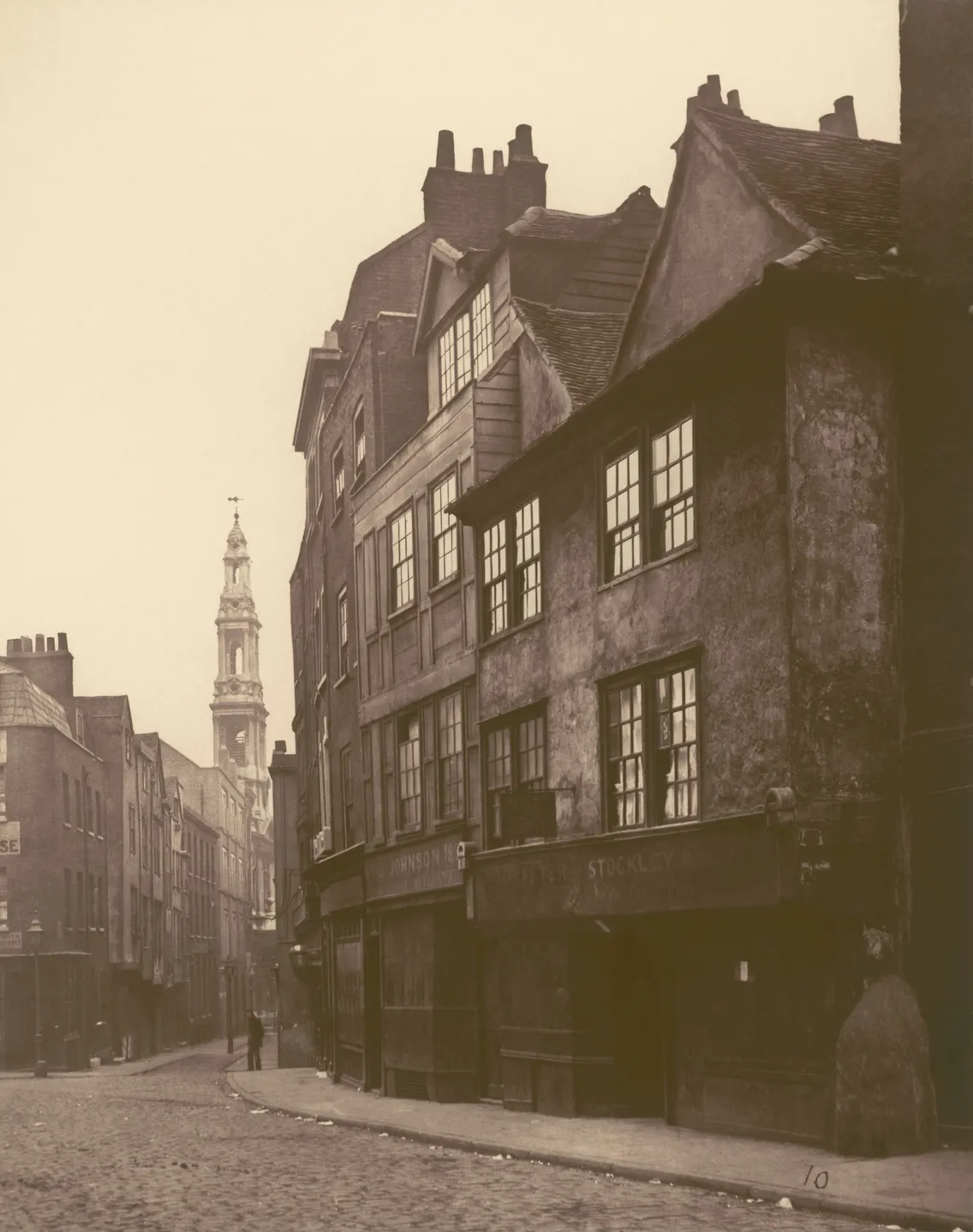The Muffin Man
Who was the muffin man and where is Drury Lane? Sing along and then find out below.
Do you know the muffin man,
The muffin man, the muffin man?
Do you know the muffin man,
Who lives on Drury Lane?
Yes I know the muffin man,
The muffin man, the muffin man.
Yes I know the muffin man,
Who lives on Drury Lane.
What's the story behind The Muffin Man?
This rhyme was first written down in 1820 and – you guessed it – it’s about a muffin man working on Drury Lane, found in London’s West End.
Some Victorians worked 12 hours a day with only Sundays off, which didn’t leave much time for cooking. Few had kitchens and cooked on open fireplaces, which was hot and smoky. Many people chose to buy food from street sellers instead.
The muffin man was just one of these, selling cheap muffins and crumpets. Healthy meals were expensive, so many families relied on bulky foods like bread to fill them up. Other sellers sold fried fish, soup, baked potatoes and pies.
The muffins in the rhyme are a bit like modern English muffins – a type of bread and not the fluffy cakes.
Do you know the muffin man?
No? Let’s get to know him.
The "muffin man" bought muffins and crumpets from a local baker and sold them on for a profit for half a penny each. These sellers would ring a loud bell to attract attention of people in the streets.
A man called Henry Mayhew travelled around London documenting all of the different jobs people had. He said that most muffin men were either young sons of bakers, or elderly former bakers.
Where did the muffin man live?
The muffin man in the rhyme lives on Drury Lane, which is right next to Covent Garden in London. In the 18th century, it was a very poor area and had a terrible reputation.
Many people went there to drink, gamble and sometimes even commit crimes. The muffin man would've sold his muffins to many of the people who lived and worked nearby.
Today, the area is much nicer. It's very busy with tourists and there are lots of theatres and shops.
How tasty were the muffins?
In the Victorian times, there were no laws to make sure that the ingredients in food were safe. To keep bread cheap and produce it in large quantities, some bakers would put in things like chalk to make it look whiter and chunkier – yuck!
Some bakers even put alum in their bread as it was really cheap. Alum is an aluminium (metal) based powder which is now used in washing detergent.
More Rhymes in Time
-

London’s Burning
Why was London burning? And did pouring water on it really help?
-

Pop! Goes the Weasel
What's a weasel? And why is it popping?
-

Oranges and Lemons
Is it really about delicious fruits? Maybe not!
-

Sing a Song of Sixpence
Which king is counting his money and why are there blackbirds in a pie?
-

London Bridge is Falling Down
Has London Bridge ever really fallen down?





